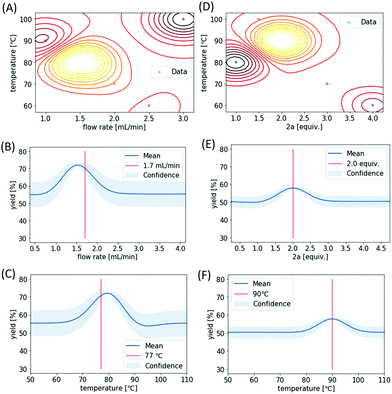 Open Access Article
Open Access ArticleCreative Commons Attribution 3.0 Unported Licence
Correction: Exploration of flow reaction conditions using machine-learning for enantioselective organocatalyzed Rauhut–Currier and [3+2] annulation sequence
Masaru
Kondo
a,
H. D. P.
Wathsala
a,
Makoto
Sako
a,
Yutaro
Hanatani
a,
Kazunori
Ishikawa
b,
Satoshi
Hara
b,
Takayuki
Takaai
b,
Takashi
Washio
*bc,
Shinobu
Takizawa
*ac and
Hiroaki
Sasai
*a
aDepartment of Synthetic Organic Chemistry, The Institute of Scientific and Industrial Research (ISIR), Osaka University, Mihogaoka, Ibaraki, Osaka 567-0047, Japan. E-mail: taki@sanken.osaka-u.ac.jp; sasai@sanken.osaka-u.ac.jp
bDepartment of Reasoning for Intelligence, ISIR, Osaka University, Japan. E-mail: washio@ar.sanken.osaka-u.ac.jp
cArtificial Intelligence Research Center, ISIR, Osaka University, Japan
First published on 2nd October 2020
Abstract
Correction for ‘Exploration of flow reaction conditions using machine-learning for enantioselective organocatalyzed Rauhut–Currier and [3+2] annulation sequence’ by Masaru Kondo et al., Chem. Commun., 2020, 56, 1259–1262, DOI: 10.1039/C9CC08526B.
The authors regret that there was an error in Fig. 2 in the original article. The scale for the flow rate in Fig. 2a was incorrect. The correct version of the figure is presented here. This does not affect the results or conclusions of the article. There were also some errors in the Supplementary Information. These have now been corrected in an updated version which is available online.
The Royal Society of Chemistry apologises for these errors and any consequent inconvenience to authors and readers.
| This journal is © The Royal Society of Chemistry 2020 |

